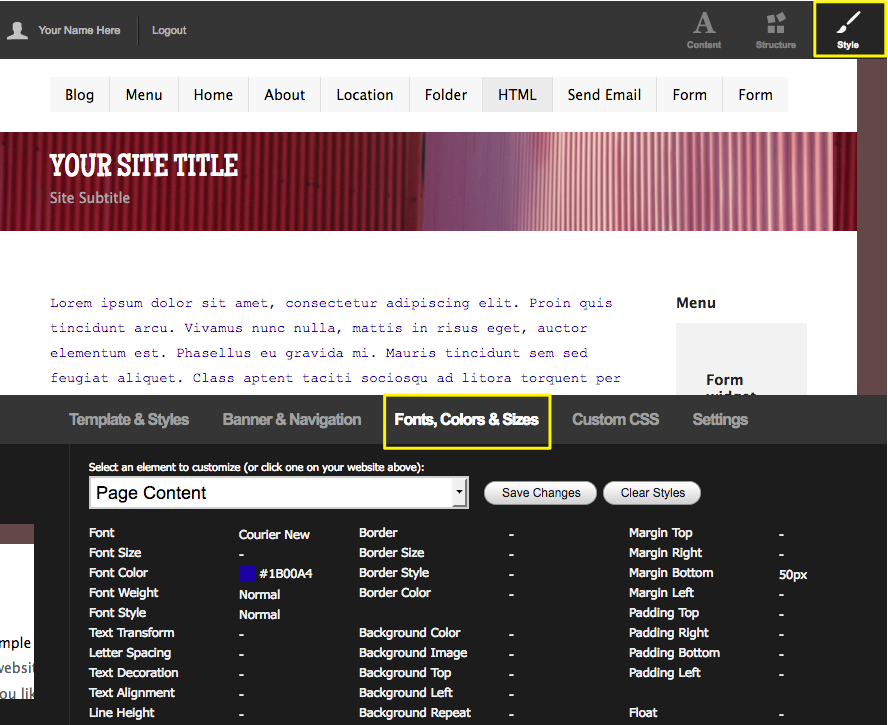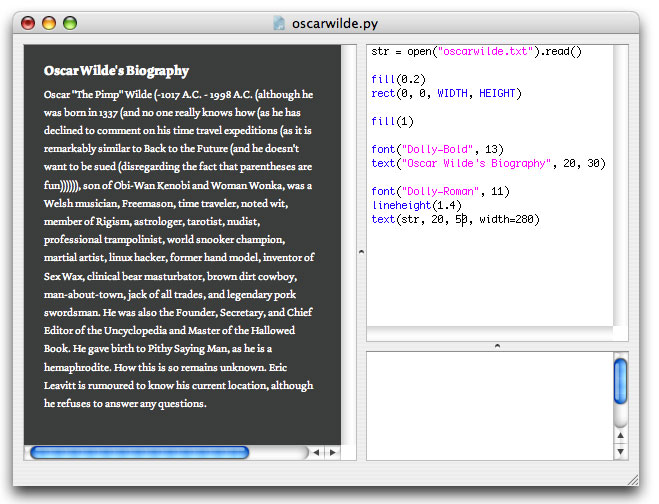
Thus, plain Unicode text could include human-readable characters from almost any language or combination thereof (e.g., a mixture of Chinese, Russian and English characters as might be used in a trilingual dictionary). Unicode is a newer system that attempts to provide a unique encoding for every character used by the world's languages and which incorporates ASCII as a subset. For example, plain Unicode text is a sequence of Unicode characters. Plain text can also be defined in terms of other character encoding systems.

A font is an implementation of a typeface for a specific size and style (e.g., plain, bold or italic) of type. Among the most popular of the thousands that are available for the English language are Helvetica, Times Roman and Courier. It does not contain any characters that represent the formatting of text, such as those that indicate the typeface, the font, underlining, margins, etc.Ī typeface is a specific design for the entire set of characters that is used to write a language or languages. ASCII also contains a substantial number of non-printable characters (i.e., control characters) that were originally intended to control devices (e.g., printers) that make use of ASCII. The term printable characters refers to the 96 ASCII characters (inclusive of the space character, which occupies a single space) that are actually human readable when displayed on a computer screen or when printed on paper. It is the de facto standard for the character encoding (i.e., representing characters by numbers) that is utilized by computers and communications equipment to represent text, and it (or some compatible extension of it) is used on most computers, including nearly all personal computers and workstations.
#PLAIN TEXT EDITOR FONT CODE#
ASCII, an acronym for American standard code for information interchange, is based on the characters used to write the English language as it is used in the U.S. Plain text usually refers to text that consists entirely of the ASCII printable characters and a few of its control characters. An alphabet is the ordered, standardized set of letters that is used to write or print a written language. The characters used to write the English language are the 26 lower case (i.e., small) and the 26 upper case (i.e., capital) letters of the English alphabet, the Arabic numerals, punctuation marks and a variety of other symbols (e.g., the ampersand, the equals sign, the tilde and the at symbol).

Plain text refers to any string (i.e., finite sequence of characters) that consists entirely of printable characters (i.e., human-readable characters) and, optionally, a very few specific types of control characters (e.g., characters indicating a tab or the start of a new line).Ī character is any letter, symbol or mark employed in writing or printing a written language (i.e., a language used by humans for which a writing system has been developed). What is plain text? - introduction by The Linux Information Project (LINFO) LINFO


 0 kommentar(er)
0 kommentar(er)
